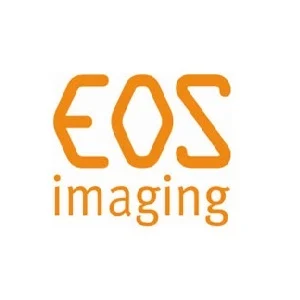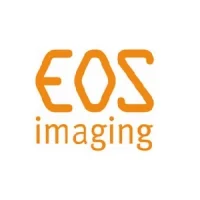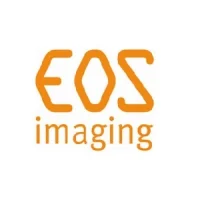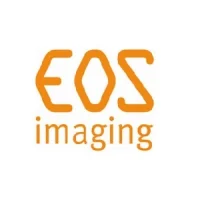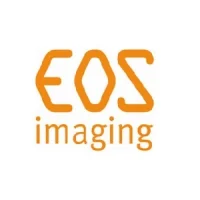EOS imaging, the pioneer in 2D/3D orthopedic medical imaging, has announced a new partnership with Montreal-based Spinologics to develop a biomechanical simulation software dedicated to spine surgery planning that will be integrated into EOS imaging’s cloud-based, 3D planning software. The co-development will allow surgeons to plan treatment from EOS 3D dataset taking into account the patient’s stiffness and physiological parameters.
Spinologics’ team of world-recognized spine surgeons and engineers is dedicated to the development of innovative clinical devices and techniques through rigorous research and development. The team has been exploring the biomechanics of the spine for over 25 years within academic and corporate research and development, and has developed dedicated software to simulate the biomechanical response to various approaches of spinal treatment. Spinologics’ latest release includes an improved multi-axial screw finite element model and a new spinal hook model in patients surgeries including up to 4 rods.
The biomechanical model of the spine and the pelvis provides input to define a planned correction taking into account the spine stiffness, while predicting if there could be a risk of failure along the course of treatment. It will bring particular value to the correction of elderly patient deformity and degenerative spine conditions for which spine flexibility is diminished. The approach also applies to paediatric surgery.
The joint development effort will utilize patient-specific 3D datasets from EOS exams to simulate in-situ bending, vertebral de-rotation, contraction-distraction as well as gravitational effects. The new capability should allow surgeons to better understand and anticipate the effects of forces on the spine while planning initial and revision surgeries. EOS imaging will have the exclusive rights to sell the new software worldwide with an anticipated release date of the first product by mid-2017.
Marie Meynadier, CEO of EOS imaging said, “We have a lot of respect for the novel solutions that Spinologics has brought to the market to advance clinical outcomes for patients. Our co-development will be integrated in the next generation of our soon to be released 3D spinal surgical planning. It is a strong added value to our web-based surgical planning applications, in line with our strategy of proposing to surgeons “virtual patients”, 3D patient specific models on which planning and simulation of surgeries can be performed. The better surgeries are planned and simulated, the least patients will undergo costly and painful revision surgeries.”
Stefan Parent, CEO of Spinologics said: “We are proud to team up with EOS imaging and to bring our technology to what we estimate being today the standard of care in spine imaging. As surgeons, we are convinced that spine surgery deserves adequate planning and simulation and that our technology and co-development will be of high value for a better and safer treatment of spine pathologies”.
The EOS platform provides 2D and 3D full-body, stereo-radiographic images of patients in functional positions. EOS exams offer a radiation dose 50% to 85% less than Digital Radiology and 95% less than basic CT scans. The new EOS Micro Dose system, marks another important step towards the ALARA principle (As Low As Reasonably Achievable). This latest technology has made the dose for a pediatric spine follow-up exam equivalent to a week’s worth of natural background radiation on Earth.
Source & Image Credit : EOS Imaging





